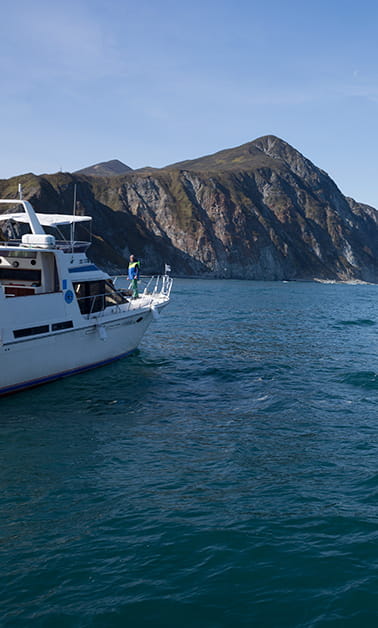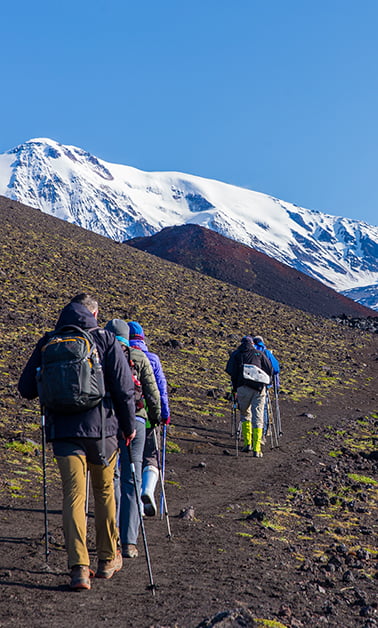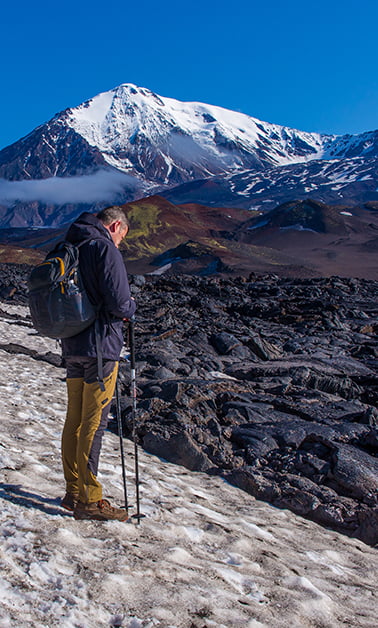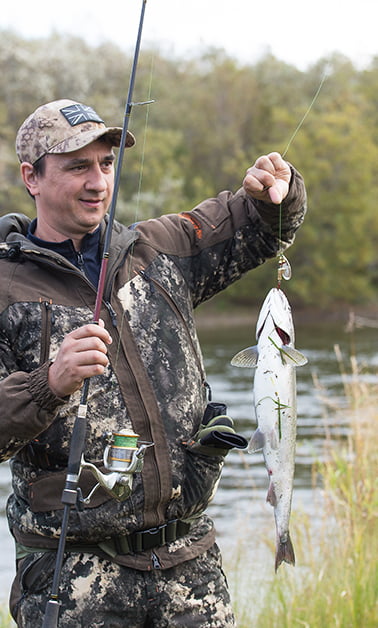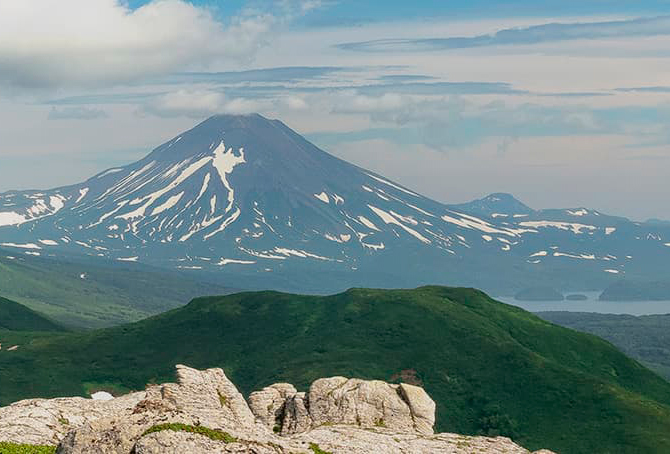
Nizhnekamchatsk — Nizhnekamchatsky stockade
Nizhnekamchatsk is a long-lost settlement in the very North of the Kamchatka Peninsula. From here the Cossacks started to explore the territory
The fate of Nizhnekamchatsk reflected a difficult history of the Far East development. In the XVII century, Russian Cossack became the first explorers of these lands. They arrived there for purely practical tasks: to find out what these lands are like, to build fortifications there to strengthen the eastern border of Russia.
Nizhnekamchatsky burg was founded for the first time in 1697 by V.V. Atlasov. He found a place at the mouth of the Yelovka River, which flows into the Kamchatka River, and put there several timber constructions. A few years later, wintering place was moved closer to the foot of Klyuchevskaya Sopka; in 1706, it was fenced with a piling wall. Seven years later, at the initiative of the clerk Ivan Yeniseysky, the burg again moved down the river. That time, they built log construction with a tower. Five kilometers away, the church of St. Nicholas the Wonderworker (the first in Kamchatka) was erected. People began to settle around it. In historical literature, the foundation of the burg was considered 1713, i. e., the time of the tower and the church construction.
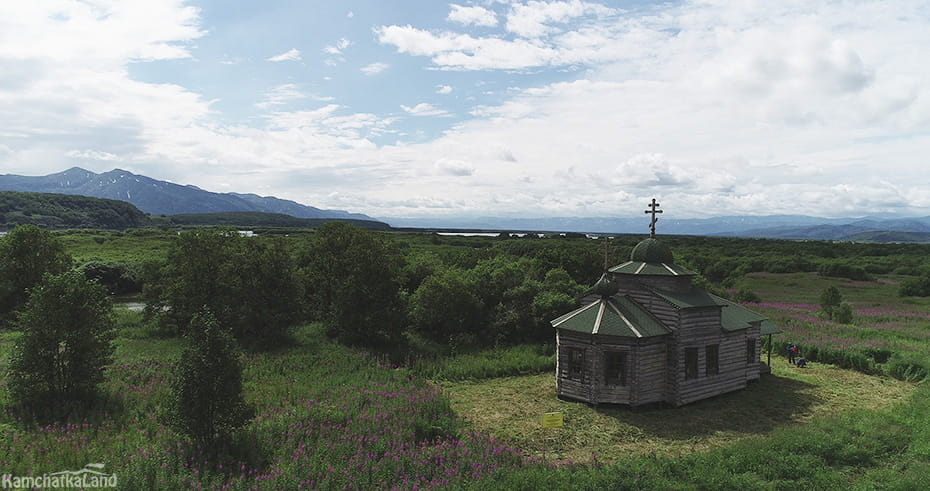
Having become one of the largest fortifications of Kamchatka, it served as a staging area for expeditions bound for the Pacific Ocean and Alaska. So, in 1728-1729, the First Kamchatka expedition was led here under the leadership of Vitus Bering. The famous researcher involuntarily gave impetus to subsequent events that radically changed the fate of the settlement.
Bering ordered to transport the cargo to Nizhnekamchatsky burg in order not to leave it in Bolsheretsk before the storms would begin. He hired local residents, Itelmens, who transported the goods by water and dog-sleds. Bering promised to free them from the tribute in furs for a year and informed the Yakut authorities about this. Either the notification didn’t reach them (which is no wonder because of the communication methods), or the authorities decided to do their own, but in 1731, they presented the Kamchadals for payment all their debts. In response to this, the residents who did not receive tax exemption rebelled.
This rebellion was led by Fedor Kharchin and resulted in the defeat and burning of the settlement. It was actually destroyed. After that, it was more difficult to rebuild it again than to build a new burg in another place. They began to build a new settlement near Azhabachye (Shantalsky) lake down the Raduga River and called it Nizhneshantalsky. On the site of the former burg, the rural locality Klyuchi began to develop.

Nizhneshantalsky was renamed as Nizhny Kamchadalsky burg in 1732, and 10 years later, it was called Nizhnekamchatsky. The burg was fortified with a piling wall, had a tower and four bastions. The Russian-American company made this place its base, from where merchants moved further to America. The expeditions of Stepan Glotov also departed from here, as well. In 1783, under Catherine II, Nizhnekamchatsk changed its status and became a county town. A little later, it acquired a coat of arms. It was a shield divided into two halves. In the upper part, there was the coat of arms of Irkutsk, and in the lower part, there was a whale on a blue background.
In 1737, Nizhnekamchatskaya Assumption Church was built and in 1741, it was consecrated by P. Yermolay (Ivanov). It is amazing that this wooden church has survived up to now. In the XIX century, the old fortifications lost their purpose and gradually collapsed. Merchants dropped off it as a stronghold, and wealth went with them, as well; people began to leave the settlement. In the middle of the century, there were about 20 houses, residents were engaged in gardening and hunting, they fished, and so they lived. In the years that followed, the population of the town did not exceed 230 people. In this form, Nizhnekamchatsk crossed the threshold of the twentieth century and in 1968 ceased to exist, nevertheless leaving a long memory.
Popular tours with Kamchatkaland
Ready-made packages for your travel and vacation in Kamchatka

